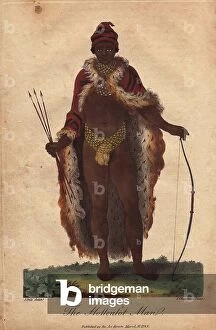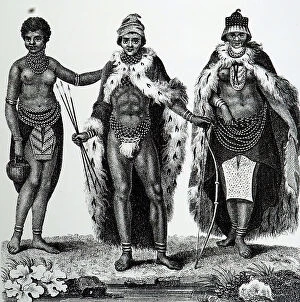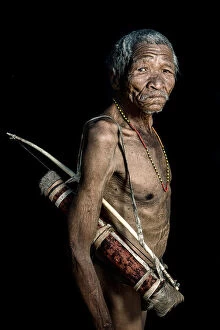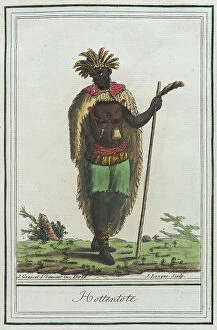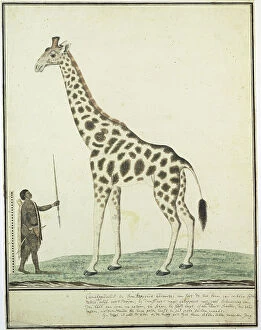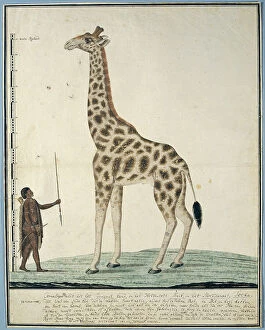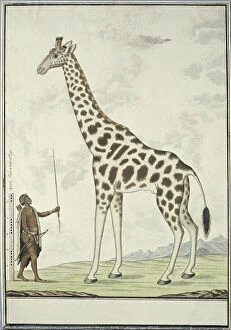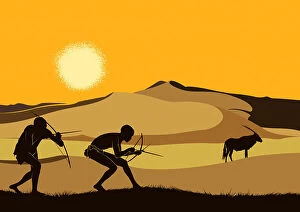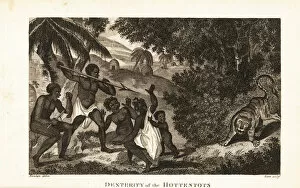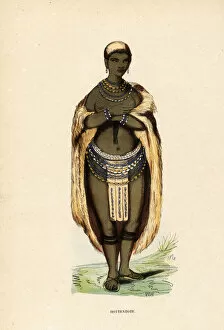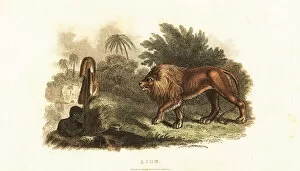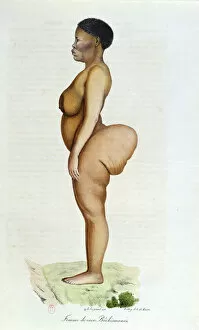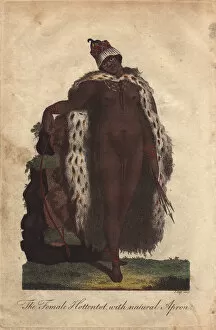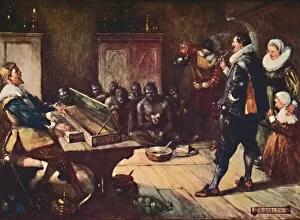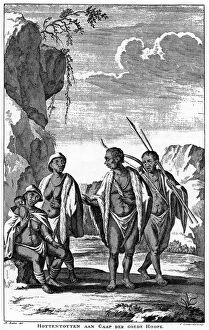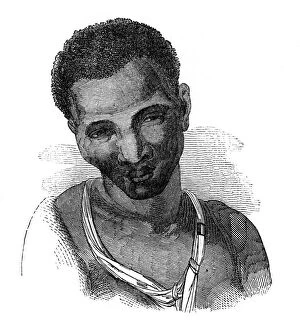Khoisan Collection
The Khoisan, also known as the San Hunter-gatherers of Africa, have a rich cultural heritage that spans thousands of years
For sale as Licensed Images
Choose your image, Select your licence and Download the media
The Khoisan, also known as the San Hunter-gatherers of Africa, have a rich cultural heritage that spans thousands of years. In this captivating image, we see a Khoisan man from South Africa proudly adorned in animal skins, showcasing his connection to nature and their traditional way of life. In another historical depiction titled "Van Riebeck Entertains the Hottentots, " painted by Joseph Ratcliffe Skelton in 1909, we catch a glimpse into the interaction between European settlers and the indigenous Khoisan people. This painting serves as a reminder of the complex history that unfolded during colonization. A striking portrait captures the essence of a Khoisan woman wearing an intricately designed hat made from natural materials. Her animal skin attire and necklace reflect her deep-rooted ties to her ancestral traditions. The image of a skilled Khoisan hunter reminds us of their expertise in tracking game and surviving off the land. With bow and arrow in hand, he represents generations of knowledge passed down through time. Another scene showcases brave Khoisan men protecting women and children from an unexpected threat - not native to South Africa - with assagai (spear) and ax at their disposal. Their courage exemplifies their commitment to safeguarding their communities. A young Khoikhoi woman stands out with her fur cape draped over her shoulders while donning beaded skirts, anklets, necklaces, bracelets, and earrings. Each accessory tells its own story within this vibrant culture. We are transported back in time witnessing how natives hunted lions by luring them into pit-falls using animal skins on sticks—a testament to both resourcefulness and bravery displayed by these individuals. Amongst various depictions is one featuring an albino African man and woman—an important reminder that diversity exists within every community across our continent.

